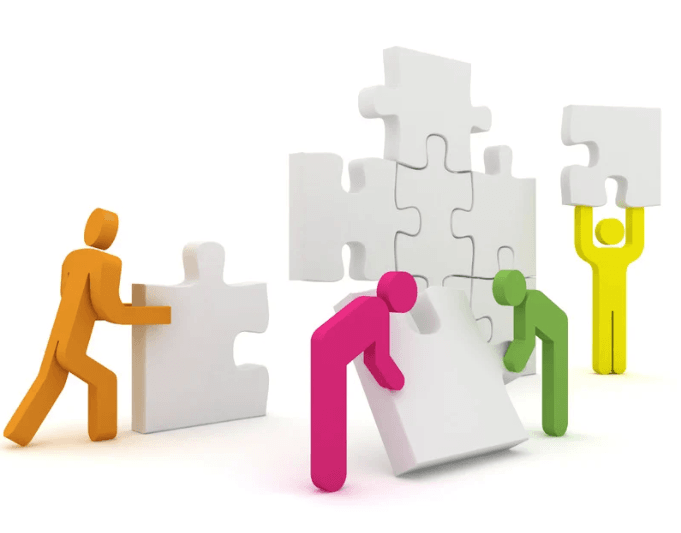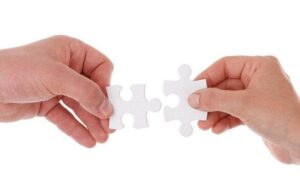Product Lifecycle: Roles that Bring a Product to Life
Behind every successful product lies a network of talented individuals working together to turn a simple idea into a tangible, valuable solution for customers. This process—the product lifecycle—is the beating heart of product creation and innovation. It consists of several key stages: ideation, concept, design, planning, development, testing, launch, in-market management, and end-of-life.
At each stage, a diverse set of roles comes together, each playing a critical part in shaping the product’s journey. From brainstorming initial concepts to helping customers succeed with the final product, these roles ensure a seamless transition between every lifecycle phase. Let’s explore the product lifecycle in detail and examine how these roles contribute to its success.
Stage 1: Ideation—Where Ideas Are Born
Key Roles: Product Manager, Stakeholders, Business Analysts
Every great product starts with a simple question: “What problem are we solving?” This is where ideation begins. Product Managers play a pivotal role here, gathering input from stakeholders, customers, and market research to identify gaps in the market.
- Product Manager: The Product Manager acts as the visionary, identifying customer pain points and aligning product ideas with business goals. They ensure that the ideas generated are practical, valuable, and aligned with the company’s strategic objectives.
- Stakeholders: Stakeholders provide insights into business needs, market demand, and resource availability.
- Business Analysts: These professionals analyze data and trends to back up potential ideas with data-driven insights.
Stage 2: Concept—Turning Ideas into Tangible Concepts
Key Roles: Product Manager, Project Manager, UX/UI Designer
Once the team decides on a winning idea, the focus shifts to conceptualization. Here, the idea is fleshed out into a concept with goals, potential features, and early design elements.
- Product Manager: Collaborates with the team to define the product’s value proposition and prioritize features.
- Project Manager: Organizes the work required to shape the idea into a structured plan. They ensure the team has a roadmap to follow and deadlines to meet.
- UX/UI Designer: Begins sketching initial wireframes, focusing on user flows and how the product will solve the user’s problem.
Stage 3: Design—Bringing the Concept to Life
Key Roles: UX/UI Designer, Developers, Product Manager
The design stage is where the product takes its first tangible form. User-centric design becomes the top priority, ensuring the product will be intuitive and visually appealing.
- UX/UI Designer: Creates prototypes, wireframes, and visual designs, iterating based on feedback to ensure a smooth user experience.
- Developers: Provide technical feasibility feedback, ensuring the design can be translated into working code.
- Product Manager: Guides the design team to ensure the designs align with the product vision and user needs.
Stage 4: Planning—Aligning Resources and Timelines
Key Roles: Project Manager, Developers, Product Manager
Planning sets the stage for efficient execution. Teams work together to finalize the roadmap, break down work into sprints, and establish timelines.
- Project Manager: Ensures all the work is organized, setting up sprints or milestones, and coordinating resources across teams. They play a vital role in balancing speed and quality.
- Developers: Start planning technical architecture and identifying potential blockers.
- Product Manager: Works closely with the Project Manager to prioritize features for the upcoming phases.
Stage 5: Development—Building the Product
Key Roles: Developers, UX/UI Designers, Product Manager
This is where the rubber meets the road—the product is built. Development teams work closely with designers and Product Managers to turn wireframes and prototypes into functional products.
- Developers: Write the code that brings the product to life, whether it’s front-end design, back-end functionality, or APIs. They also conduct peer reviews to ensure code quality.
- UX/UI Designers: Collaborate with developers to refine visual elements as the product takes shape.
- Product Manager: Monitors progress, resolves blockers, and ensures development stays aligned with the product vision.
Stage 6: Testing—Ensuring Quality and Usability
Key Roles: QA Engineers, Developers, Product Manager
Before a product reaches customers, rigorous testing is essential. Testing ensures the product works as expected, is free of bugs, and provides a positive user experience.
- QA Engineers: Conduct manual and automated tests to identify bugs and performance issues.
- Developers: Address bugs and implement fixes based on QA feedback.
- Product Manager: Reviews test results to ensure the product meets the original goals and provides guidance on any final adjustments.
Stage 7: Launch—Introducing the Product to the World
Key Roles: Product Manager, Product Marketers, Project Manager
The launch is an exciting milestone—but it’s only successful if executed strategically. The goal is to build anticipation and deliver value to users from day one.
- Product Manager: Coordinates the launch across teams and ensures everything is in place for a successful rollout.
- Product Marketers: Develop go-to-market strategies, craft messaging, and execute campaigns to generate buzz and awareness.
- Project Manager: Oversees the final timelines to ensure the launch happens on schedule.
Stage 8: In-Market—Supporting and Optimizing the Product
Key Roles: Customer Success Manager, Product Manager, Product Marketer
Once the product is live, the work doesn’t stop. Teams focus on user feedback, ongoing updates, and ensuring customer satisfaction.
- Customer Success Manager: Engages directly with users to address issues, gather feedback, and build long-term relationships.
- Product Manager: Uses feedback and analytics to identify opportunities for improvement or new features.
- Product Marketer: Continuously promotes the product and communicates updates to users.
Stage 9: End-of-Life—Retiring the Product Gracefully
Key Roles: Product Manager, Project Manager, Customer Success Manager
Every product eventually reaches its end. Whether it’s being replaced or no longer meets market needs, this stage requires thoughtful execution.
- Product Manager: Develops a strategy for sunsetting the product, including transitioning users to new solutions.
- Project Manager: Manages the logistics of retiring the product, ensuring timelines are met and resources are allocated.
- Customer Success Manager: Communicates with users, providing support during the transition.
Conclusion: Success Requires Every Role
The product lifecycle is a collaborative process, and every role—from ideation to end-of-life—plays a vital part in delivering successful products. When each role contributes its expertise and aligns with a shared vision, teams can create products that truly make an impact.
Are you ready to embrace the teamwork required to bring your product to life?




